Context
To make the right recommendations for their future patients, medical students should be familiar with the health benefits of physical activity (PA). Yet a study in Poland found that medical students have the lowest PA among students of health professions. One way to encourage behavior change among this group is through social media, which can be easily integrated into daily life, is widely accessible, and enables social support. This study examined the effect of a Facebook group intervention to promote PA among first- and fifth-year medical students in Belgrade, Serbia.
Intervention
Research staff and students engaged through posts to a specially designed Facebook group. The research team posted about organized PA events, such as running, walking, and ice skating, as well as free sports activities and special discounts at sport centers. These posts enabled students to see their peers’ interests in different activities. Students could also post motivational messages or questions.
Evaluation
Design: The study took place over one month in October 2016. Eligible students were invited to join the Facebook group. The purpose of the research was explained to the students. Those who joined became the intervention group, and those who did not became the control. All students completed a research questionnaire and had their anthropometric measures (height, weight, and waist circumference) recorded at baseline and one month later (quasi-experimental design). The questionnaire included 77 questions on sociodemographic characteristics and PA, such as current and desired PA level, satisfaction with current PA, and preferred form of PA; it also captured information on student well-being, health status, mental health, and lifestyle. The key outcome was a binary variable of sufficient or insufficient PA using students’ energy expenditure measures.
Sample: First- and fifth-year students at the Medical Faculty in University of Belgrade were eligible to participate. A total of 878 students completed the baseline questionnaire: 705 joined the Facebook group and the remaining 173 served as controls. After one month of the intervention, 311 (44%) students in the Facebook group and 64 (37%) controls remained in the study. There were no significant differences in the attrition rates between the two groups. The remaining 375 students were mostly in their fifth year (62%) and female (73%).
Results
Overall, sufficient PA level increased from 85% at baseline to 90% one month later. Students who were active at baseline were 5 times more likely to be sufficiently active at the one-month follow-up. Students in the Facebook group were 3.5 times more likely to be sufficiently active at the one-month follow-up than students in the control group.
Limitations: The limitations of the study included high attrition, short follow-up time, and lack of randomization.
Conclusion
This study is one of the first to investigate the short-term effects of a participatory social media intervention promoting physical activity among young adults. The intervention’s hybrid approach, combining a health promotion campaign and peer influence, may have contributed to the sustained improvements in physical activity at the one-month follow-up. While the results showed promising short-term improvements in PA, further research is needed to examine whether improvements can be sustained in the long term.


